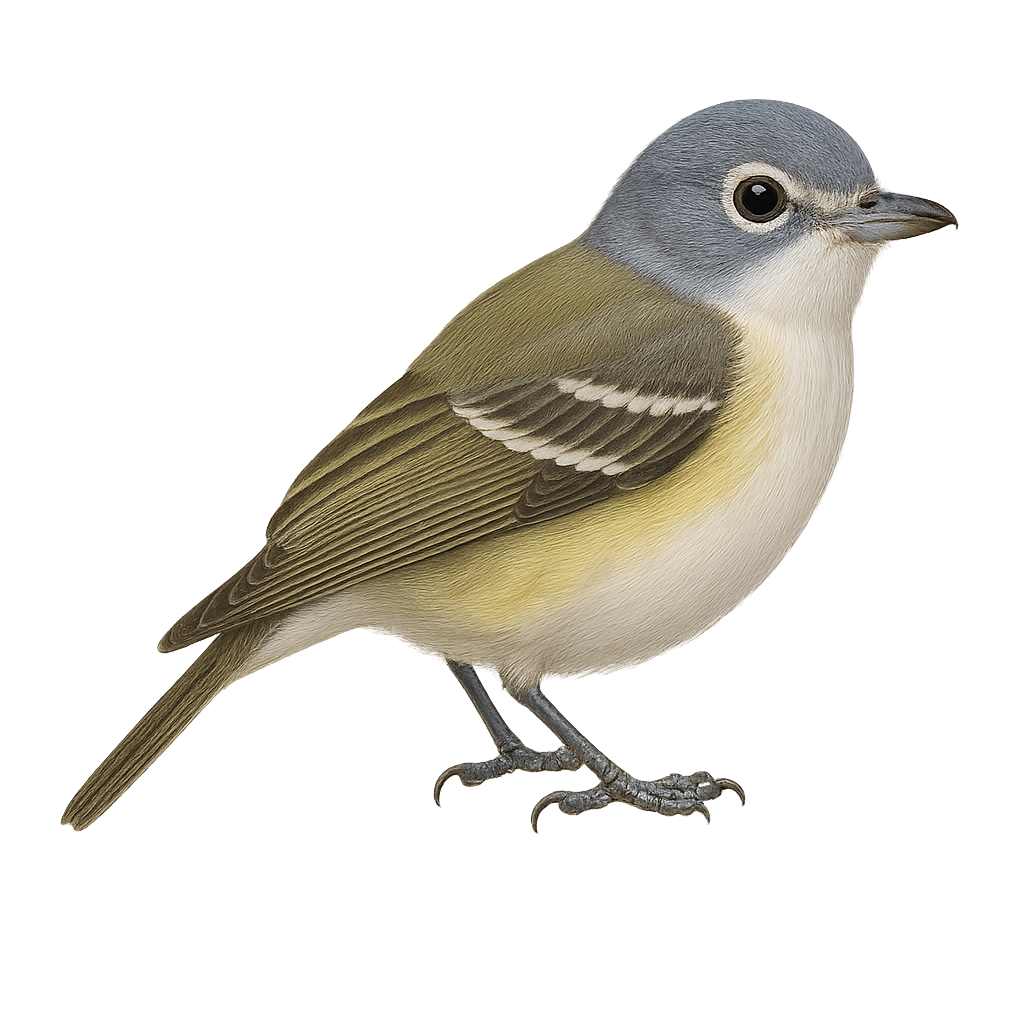Your wildlife photography guide.
Explore the blue-headed vireo in detail, study its behavior, prepare your shots.
Where to observe and photograph the blue-headed vireo in the wild
Learn where and when to spot the blue-headed vireo in the wild, how to identify the species based on distinctive features, and what natural environments it inhabits. The WildlifePhotographer app offers tailored photography tips that reflect the blue-headed vireo’s behavior, helping you capture better wildlife images. Explore the full species profile for key information including description, habitat, active periods, and approach techniques.
Blue-headed Vireo
Scientific name: Vireo solitarius

IUCN Status: Least Concern
Family: VIREONIDAE
Group: Birds
Sensitivity to human approach: Suspicious
Minimum approach distance: 10 m
Courtship display: May to June
Incubation: 12-14 jours
Hatchings: May to July
Habitat:
coniferous forests, mixed forests, wooded areas
Activity period :
Primarily active during the day, with peak activity in the morning and late afternoon.
Identification and description:
The Blue-headed Vireo is a small songbird belonging to the Vireonidae family. It is easily recognizable by its bluish-gray head, white eye rings, and white belly contrasting with its olive-green back. This bird primarily inhabits coniferous and mixed forests in North America, where it feeds on insects and small fruits. A migratory species, it winters in the southern United States, Mexico, and Central America. The Blue-headed Vireo is territorial, especially during the breeding season, when the male sings to defend its territory and attract a mate. Although its habitat is threatened by deforestation, the species is currently considered of least concern by the IUCN.
Recommended lens:
400mm – adjust based on distance, desired framing (portrait or habitat), and approach conditions.
Photography tips:
To photograph the Blue-headed Vireo, it is advisable to use a telephoto lens of 400mm or more to capture detailed images without disturbing the bird. Look for it in coniferous or mixed forests, especially in spring and summer when males sing to mark their territory. Be patient and discreet, as these birds can be suspicious. Use a tripod to stabilize your camera and wait for the bird to perch on an open branch to get sharp and well-composed shots.
The WildlifePhotographer App is coming soon!
Be the first to explore the best nature spots, track rutting seasons, log your observations, and observe more wildlife.
Already 1 429 wildlife lovers subscribed worldwide

